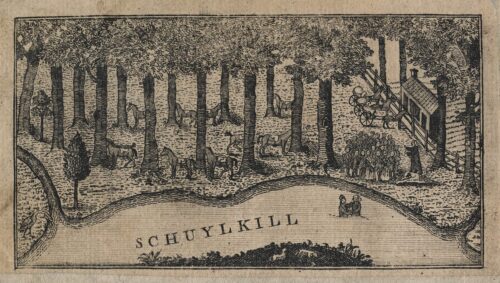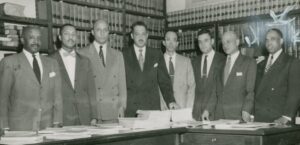
Talking Politics and Religion in the American History Classroom
In today’s national conversation, which lately seems more like a countrywide schoolyard brawl with citizens hurling insults and memes, it can be challenging to explore complex ideas. Politics and religion, especially, can raise hackles of anger where there should be openness and understanding. Many teachers try to steer clear of these “touchy” topics in the interest of keeping the peace. But ignoring and avoiding events that have formed–and continue to shape–our country’s history only postpones the inevitable debate. We need a way to discuss our history without rancor.
The American History classroom, rather, should be an engaging and robust place to explore these ideas. And when teachers introduce primary sources into the conversation, the dynamic changes dramatically.
When structuring conversations around primary documents, teachers allow students to use their critical thinking skills to draw their own conclusions. While contemporary opinion pieces, satire, and viral social media phenomena can teach us a lot about our culture, foundational historical documents lead us to the roots of our national identity and should be at the core of any student’s education about religion and politics in the United States.
Imagine the impact these primary sources, unfiltered by social media and news outlets, can have on today’s students:
- Sermons, poetry, and artwork that chronicle the diverse religious experiences of immigrants and religious liberty.
- Excerpts of colonial law that grapple with the relationship between religious establishment and toleration.
- Excerpts of founding documents that set the stage for the American political experience with religion.
- Court cases that document the revolutionary, and often tenuous, separation of church and state.
- Documents, addresses, and sermons that address the political-religious relationship with morals, evolution, communism, fundamentalism, liberalism, philosophy, education, and the Bible.
By studying primary documents, students will learn that while the United States was founded on the separation of church and state, politics and religion have been closely intertwined. They will also learn that it is not just acceptable to discuss religion and politics in the classroom but appropriate and timely, given our history.
As an instructor, you may feel somewhat ill at ease with addressing these documents, but TeachingAmericanHistory.org offers plenty of support so that you can feel empowered to provide your students with the resources they need to develop informed opinions and grow into thoughtful, engaged citizens.


